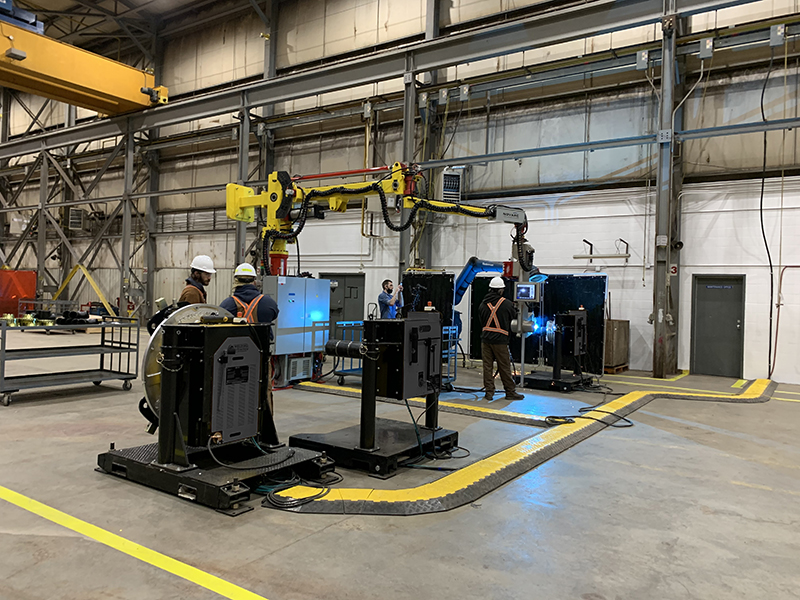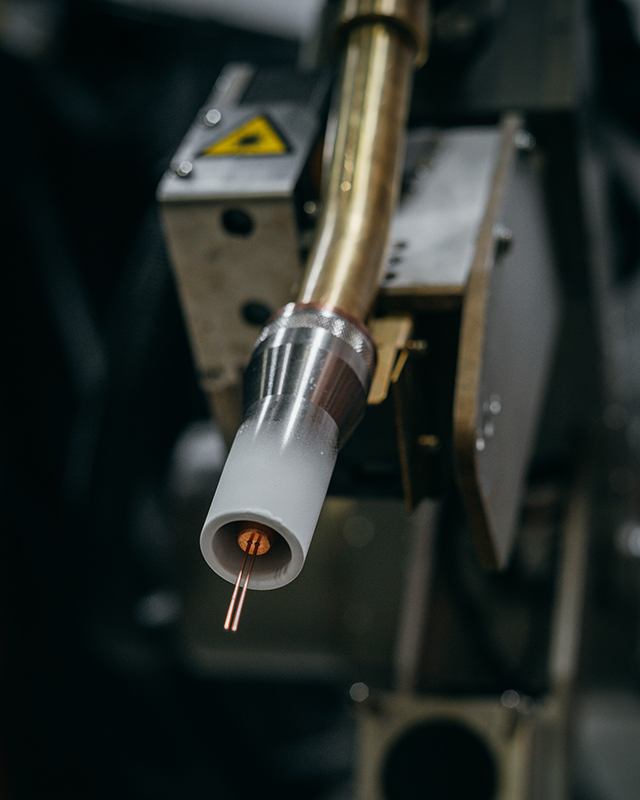The welding industry is currently booming in many areas of North America. In the U.S. it is spelled labor, in Canada its spelled labour. No matter how you spell it, with this boom comes the challenge that most fabrication shops are facing, a shortage of skilled labour. Welding shops that support oil & gas, ship building, engineer procurement building construction, mechanical contracting and more all see it now.

Many welding shops are able to overcome their main challenges of finding skilled labour, and are succeeding by implementing a cobot solution that allows an average welder to produce the same quantity and quality of welds as a highly skilled welder, if not better. Part of this strategy is to not assign a shop’s top welders to the SWR, as their skills can be more effectively applied to manual processes where higher skill is required. Instead, shops are assigning lesser skilled welders to a SWR as this elevates an average weld project to the level of a top skilled welder, while producing the same quality weld.
In most cases, it will take about a week to a week and a half for welders to become comfortable using the SWR. As there is no need to rely on highly skilled operators, a shop can quickly become more profitable and quickly pivot to reduce dependency on skilled labour.
What is your next step to ensuring your shop is pivoting? It’s time to connect and start the conversation in your buying process.
